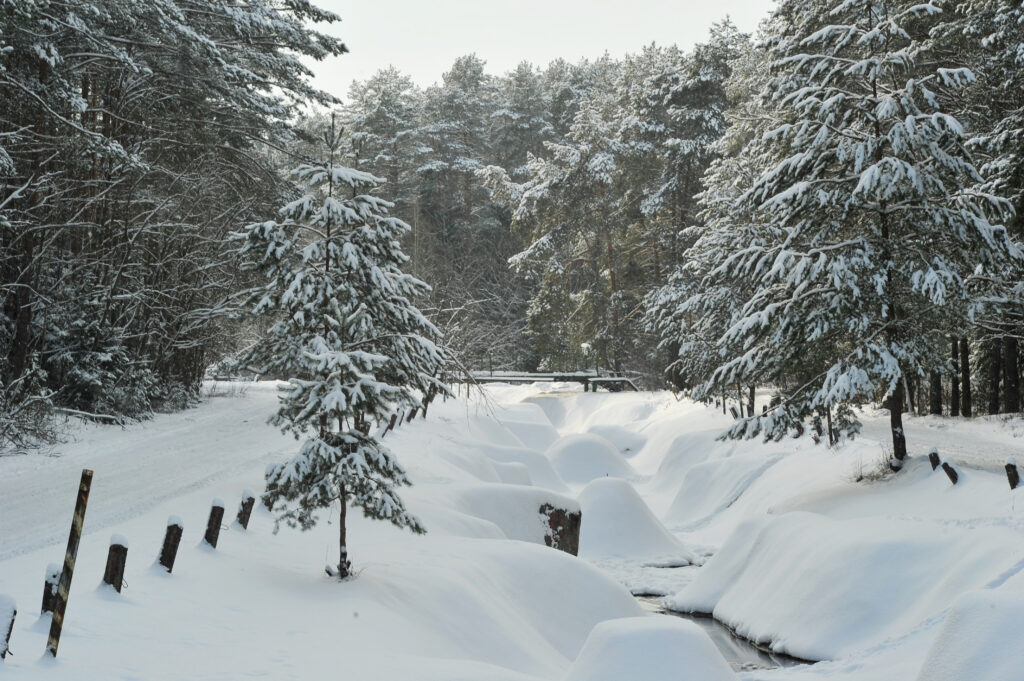Driving a snowmobile on the ice and snow is one of the best ways to get out in nature during winter. And, while it’s not required that you know how much snow is needed to drive a snowmobile, it can help you decide when to take advantage of this great pastime. The article has all you need to know to make your decision, including the minimum amount of snow needed and exactly what factors may affect it.
-Driving in Snow
When driving a snowmobile, always be mindful of the conditions of the snow and take care to avoid any icy patches. The minimum amount of snow you need to safely drive a snowmobile is around six inches. However, if the snow is fresh and powdery, you may be able to get by with as little as four inches. Remember to take it slow and be extra careful when driving in snowy conditions.

-What You Need to Know Before Driving a Snowmobile
If you’re thinking about driving a snowmobile, there are a few things you should know before hitting the slopes. First and foremost, you need to make sure there’s enough snow. A minimum of six inches is recommended, but more is always better.
You’ll also want to dress warmly and in layers. Snowmobiles can get chilly, so it’s important to be prepared. Finally, be sure to familiarize yourself with the terrain before you go. Knowing where you’re going and what to expect will make for a much safer and more enjoyable experience.
-How Much Snow Do I Need For Safe Driving
The Minimum Amount Of Snow You Need To Safely Drive A Snowmobile
With winter comes the excitement of being able to get out and enjoy the snow on a snowmobile. But before you head out, it’s important to know how much snow is needed for safe driving. Depending on the conditions, anywhere from 4-12 inches of snow is needed for a safe ride.
If there’s less than 4 inches of snow, your risk for injury increases because you’re more likely to hit ice patches. You also won’t have as much traction, making it more difficult to stop or turn. If possible, avoid riding in these conditions altogether.
4-8 inches is considered ideal riding conditions. You’ll have enough traction and flotation to enjoy the ride without having to worry about hitting any ice patches.
More than 8 inches of fresh powder can be a lot of fun, but it does require some extra caution. Deep powder can make it difficult to control your snowmobile, so take your time and don’t push yourself too hard.
And finally, if there’s more than a foot of snow, you’ll need to be extra careful as deep drifts can form quickly. These drifts can make it tough to see ahead of you and even harder to stop or turn. If you find yourself in these conditions, take it slow and be prepared for anything.

-Snowmobile Safety Tips and Tricks
When it comes to snowmobiling, there are a few things you need to keep in mind in order to stay safe on the trails. First and foremost, always check the weather conditions before heading out for a ride. If there is any chance of avalanches or other dangerous conditions, it is best to stay off the trails altogether.
Once you are out on the trails, be sure to take things slowly at first. Get a feel for the terrain and your sled before picking up speed. When riding through unfamiliar territory, always be on the lookout for potential hazards such as fallen trees or hidden rocks.
It is also important to dress appropriately for a day on the snowmobile. Wear layers of warm clothing that will protect you from the cold and wind. Be sure to wear a helmet and goggles to protect your eyes from the glare of the sun off the snow.
By following these simple safety tips, you can enjoy a fun and safe day out on the trails!
-Conclusion
In conclusion, the minimum amount of snow you need to safely drive a snowmobile is six inches. This depth will ensure that your machine has enough traction to grip the snow and avoid getting stuck. It will also help you maintain control while driving and avoid accidents.








